- Remove Article filter Article
- Remove Livelihood and Craftsmanship filter Livelihood and Craftsmanship
- Remove Industry, Energy and Natural Resources filter Industry, Energy and Natural Resources
- Remove Arkeologi filter Arkeologi
- Remove People and Society filter People and Society
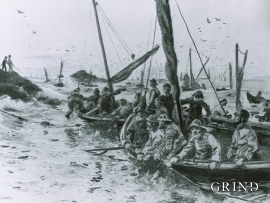
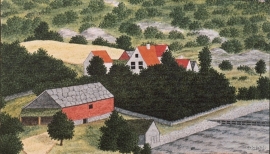
Civil Servants in Small Societies 1650 – 1850

Demographic Growth – A Drive to Development
The cultural landscape or that part of it which is still green and inviting to the eye has been shaped by the farmers’ toil down through the generations. At one time almost all of us were farmers. We see that the crofting system faded away as emigration to the towns and to America relieved the pressure.
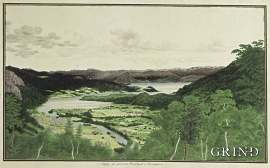
Earth and stone
"Humus" is a word with great meaning. It is the soil we live from, in addition to the resources we get from the ocean. This layer of earth - sometimes appearing as loose fertile organic matter; other places as scanty and acidic soil - is found in varying thicknesses over the bedrock. It is the result of 10,000 years of breakdown and erosion following the last ice age, and then several thousand years of cultivation in more recent times. The soil we can buy at the garden centre is a different product than the "natural" humus layer, formed of processes occurring far under the earth's surface. If you dig your spade into the soil where it has not been ploughed before, you will see that there is a big difference in colour, soil structure, moisture and stone content. We might say that the soil is fertile and easily worked some places, whereas other places folk might have given up trying to grow anything on their small patches of land, which then become overgrown with birch and thicket. Modern agriculture does not have room for small stumps between the piles of stone. Nowadays, machines do the job, and they require a lot of space and flat ground.
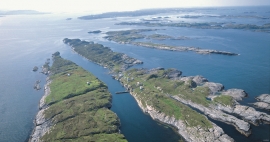

Sailing Sloops and Boat Building
Marine activities expanded greatly throughout the 19th century, and provided a livelihood for many people. Fishing and shipping were probably the subsidiary activities which had greatest economic significance throughout the century. Marine activities brought, literally speaking, wind into the sails of many rural districts in Hordaland during that period.
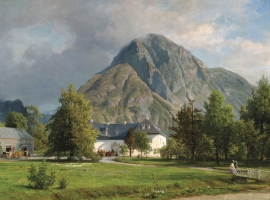
The Great Landowners, Gentry and Monasteries
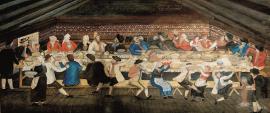
The Norwegian Language Movement and the Two High Cultures
The year 1849 was the breakthrough year for the National Romantic movement in Norway. It was in that year that Ole Bull, the renowned fiddler brought the Millerboy from Telemark to the concert hall in the capital.
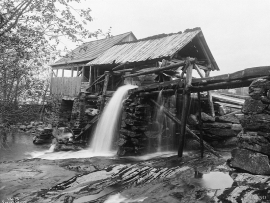
The Pine Forest, the Sash Saw and the Scots Trade
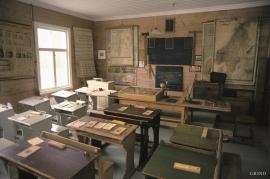
The School
The little white painted school house, the village school, often set between knolls and little woods in the outer fields, placed as centrally as possible between the farms that made up the school district, is the key symbol of the education society, a principal cultural factor.


